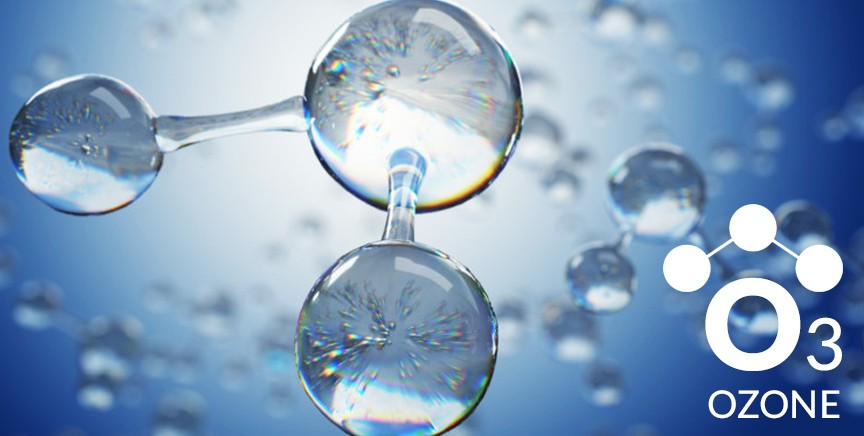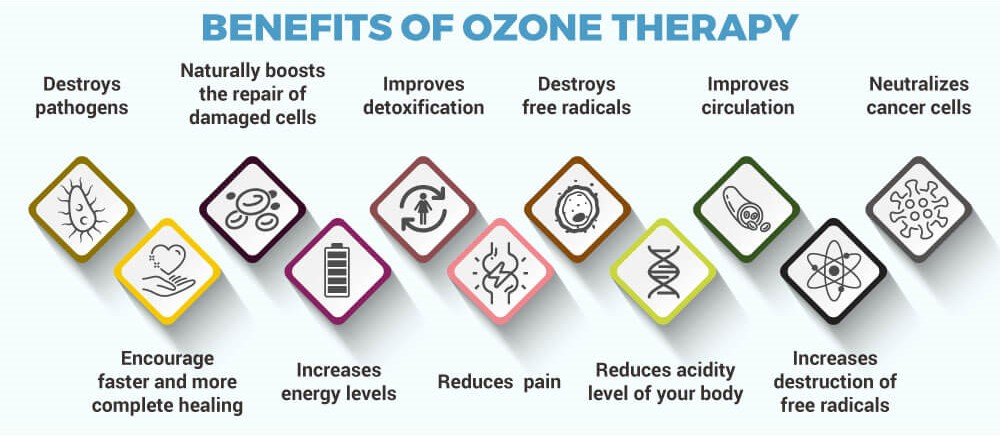Ozone Therapy
At the forefront of innovative pain management techniques lies ozone therapy, a promising modality that harnesses the power of oxygen to alleviate discomfort and promote healing. In this detailed exploration, we delve into the intricacies of ozone therapy, its mechanisms of action, applications in pain management, safety considerations, and the burgeoning body of research supporting its efficacy.

Understanding Ozone Therapy
Ozone therapy involves the administration of ozone, a naturally occurring triatomic form of oxygen, into the body to stimulate healing processes and alleviate pain. Ozone, composed of three oxygen atoms (O3), exhibits remarkable therapeutic properties due to its strong oxidizing potential and ability to modulate the body’s immune response.
Ozone is a gas that normally exists in the atmosphere and is produced by the effect of UV rays of sun’s light on the oxygen. Medical ozone is a mixture of oxygen and ozone obtained from medical oxygen by using a medical device – a medical ozone generator. Ozone therapy is the use of medical ozone as a therapeutic substance in pathologies with chronic hypoxia, inflammation, and redox imbalance in which ozone has proven to be effective. The proportion of ozone –oxygen to be used is decided according to the pathologies and site of application. Ozone is a molecule composed of three oxygen atoms (O3) instead of the two oxygen atoms found in the oxygen molecule (O2). It is highly unstable and starts degrading after 20 seconds. Ozone has a half-life of 40 min at 20°C and for this reason, it cannot be stored and must be produced “in situ” for each application.

APPLICATIONS OF OZONE IN PAIN MANAGEMENT
Pulsed Electromagnetic Field Therapy involves the application of electromagnetic pulses to targeted areas of the body experiencing pain or injury. These pulses generate low-frequency electromagnetic fields that penetrate deep into tissues, stimulating cellular activity and facilitating healing processes. By modulating cellular metabolism, reducing inflammation, and promoting tissue regeneration, PEMF effectively addresses the underlying causes of pain and accelerates recovery.

